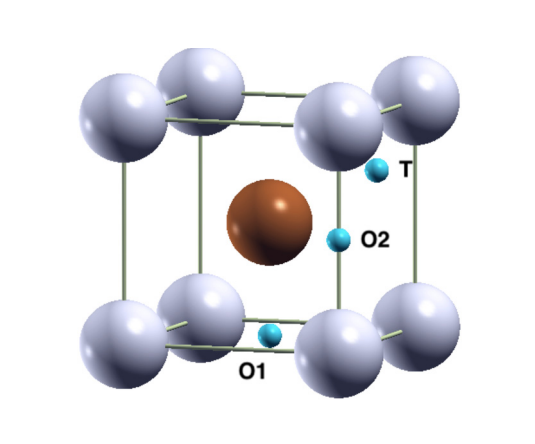Prediction of ambient-pressure superconductivity in ternary hydride PdCuHx
We present an ab initio study of the ternary hydride PdCuHx, a parent compound of the superconducting PdH, at different hydrogen content (x = 1, 2). We investigate its structural, electronic, dynamical, and superconducting properties, demonstrating that, at low hydrogen content, the system is not a superconductor above 1 K; however, the highly hydrogenated structure is a strongly coupled superconductor.
We give a solid rationale for the unusual increase of the superconducting critical temperature in hydrogenated palladium when alloyed with noble metals (Cu, Ag, and Au), as observed in Stritzker’s experiments in 1972 [B. Stritzker, Z. Phys. 268, 261–264 (1974)] but never investigated with modern experimental and theoretical techniques. We highlight the important role played by H-derived phonon modes at intermediate frequencies, dynamically stabilized by anharmonic effects, as they strongly couple with states at the Fermi level. We hope that the present results will stimulate additional experimental investigations of structural, electronic, and superconducting properties of hydrogenated palladium–noble metal alloys. Indeed, if confirmed, these compounds could be considered a novel class of superconducting hydrides, showing different coupling mechanisms, which can be exploited to engineer new ambient-pressure superconductors.
Journal of Applied Physics 131, 033903 (2022)


Comments are closed